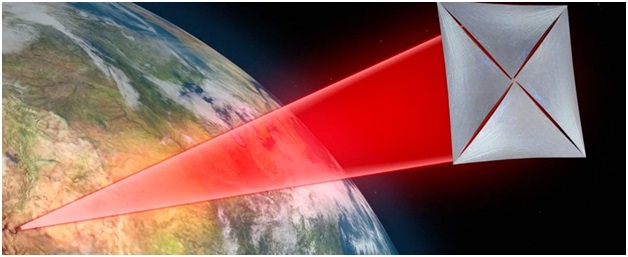Breakthrough Starshot Aims To Send A Fleet Of Tiny Spacecraft To The Nearest Star
Yuri Milner is a billionaire Russian entrepreneur, venture capitalist and physicist. He is the founder of an investment firm originally named Digital Sky Technologies which is now called Mail.ru Group. He also founded DST Global. Through DST Global, Milner is an investor in Facebook, Zynga, Twitter, Flipkart, Spotify, ZocDoc, Groupon, JD.com, Planet Labs, Xiaomi, OlaCabs, Alibaba, and many other global technology companies.
In 2015, Milner created the Breakthrough Initiatives. BI is a major scientific project to investigate the question of the existence of life in the Universe. When he announced the initiative at the Royal Society in London, Stephen Hawking, Martin Rees, Frank Drake, Geoff Marcy and Ann Dryan were in attendance.
The first initiative called Breakthrough Listen will commit one hundred million dollars over ten years to the " most comprehensive and sensitive search ever undertaken for evidence of civilizations beyond Earth." The Green Bank, Parks and Lick observatories will look for radio and/or laser signals from the nearest million stars, the nearest one hundred galaxies as well as the plane and center of the Milky Way. All information gathered will be available to the public.
The second initiative will be Breakthrough Message. An annual prize of one million dollars will be awarded to the author of a digital message representing humanity and Earth that could be decoded by another civilization. The messages will not be broadcast until after there has been a global discussion of the ethics and safety of sending such messages to the cosmos.
The third initiative called Breakthrough Starshot will be a one hundred million dollar project to create proof-of concept for a light sail spacecraft fleet capable of traveling to Alpha Centauri, the nearest star system. The spacecraft are called StarChips and are about the size of a cell phone. They contain cameras, photo thrusters, plutonium batteries, and computers. The fleet will travel at twenty percent of the speed of light or about sixty million miles per second which will mean that it will take about twenty years for the fleet to travel the approximately four and four tenths light years to Alpha Centauri.
It is estimated that actually creating and launching the fleet of a thousand tiny spacecraft would take decades and billions of dollars. Once a mothership delivered the spacecraft to Earth orbit, they would be deployed and the light sails of each would unfold. Then an incredibly powerful array of Earth based lasers would fire and within a few minutes accelerate the spacecraft to twenty percent of the speed of light. The lasers can only maintain the required tight beam for the first six hundred thousand miles of the journey leaving the spacecraft to coast from then on.
Those spacecraft that survived the twenty plus year flight to the Alpha Centauri star system would fly through the system, taking pictures. Then the pictures would be beamed back towards Earth. It would take over four years for the pictures to reach Earth. So the whole mission would take about twenty four years.
Milner, Stephen Hawking and Facebook Founder Mark Zuckerberg are members of the board of directors for the mission. Milner estimates that it will take up to twenty years to obtain funding for and to construct the spacecraft and lasers. Now in his fifties, Milner hopes to be able to live to see the launch of man's first mission to the stars.
